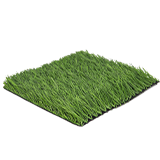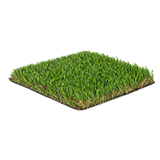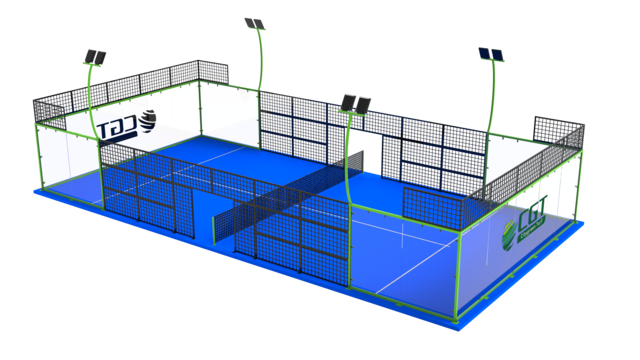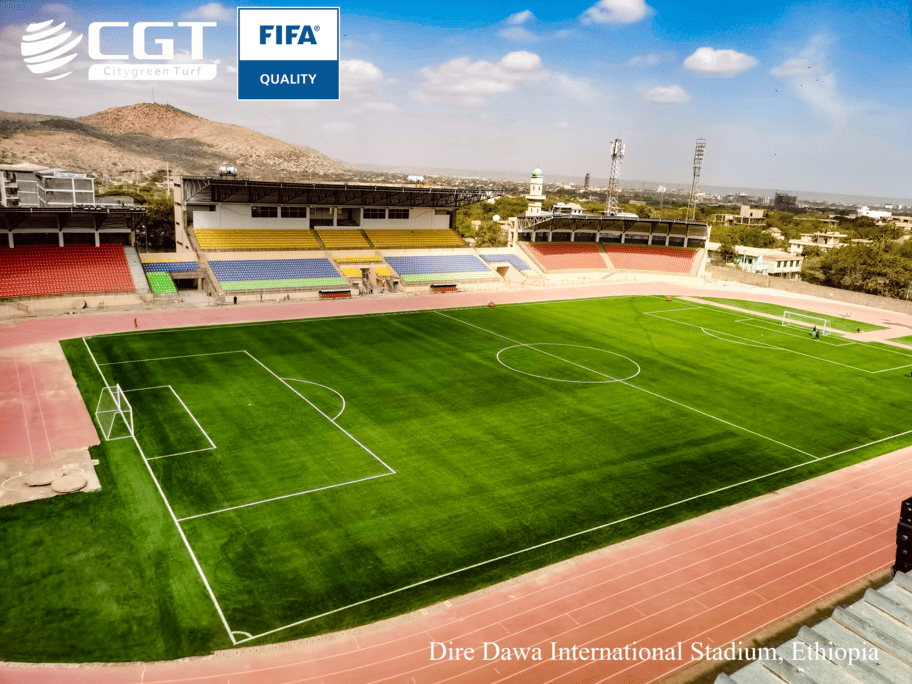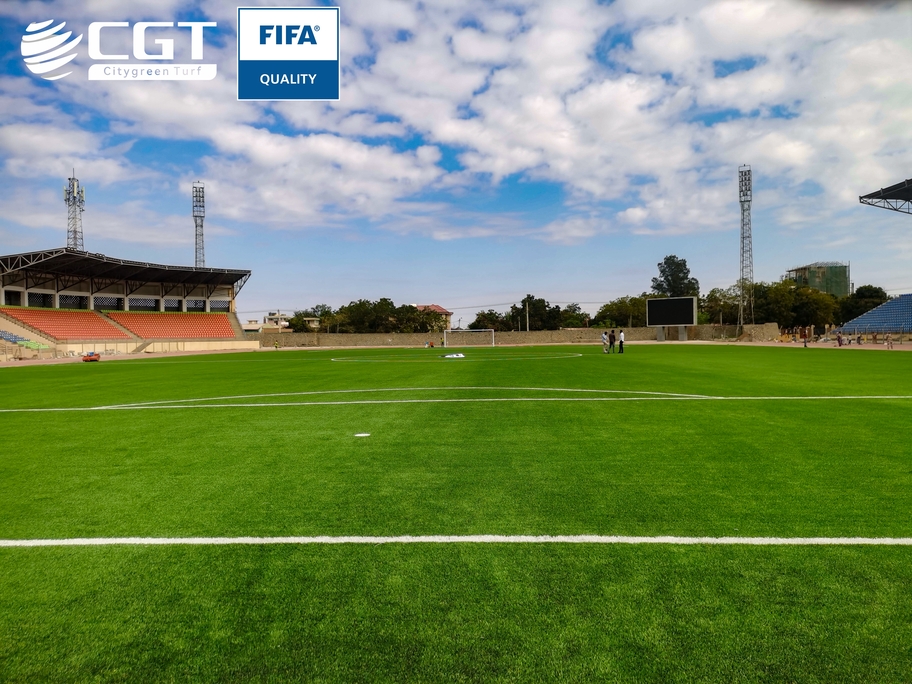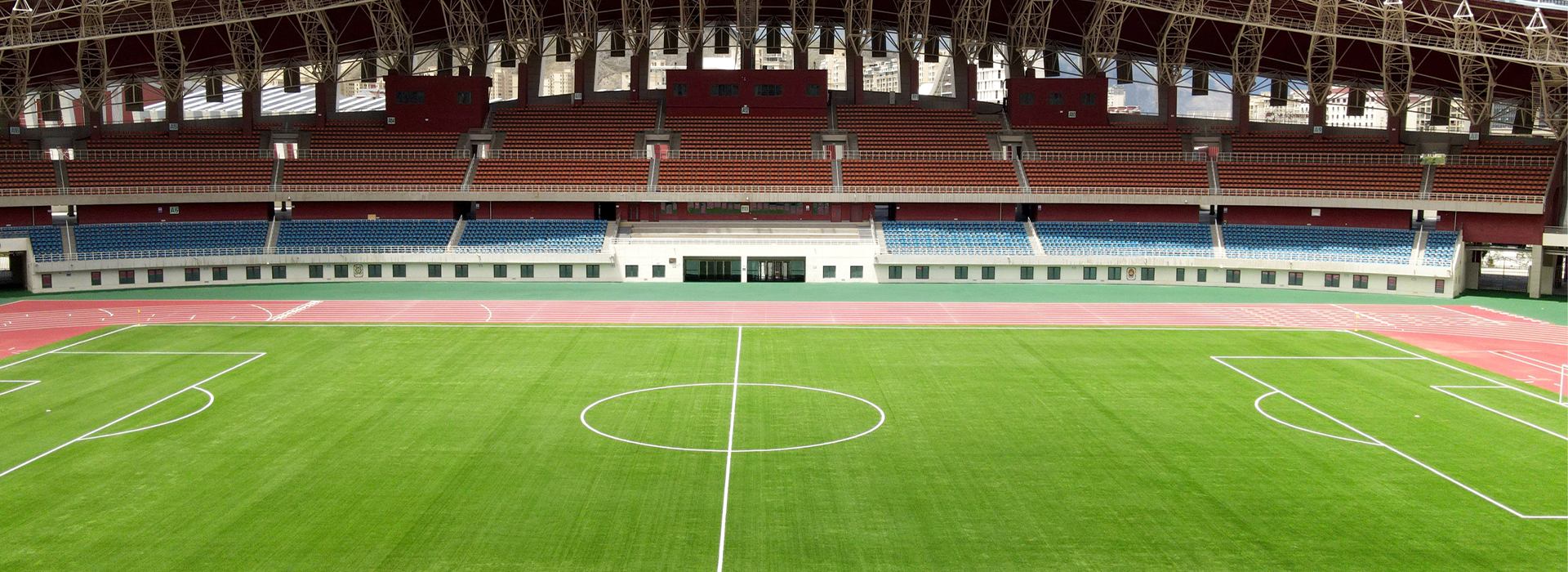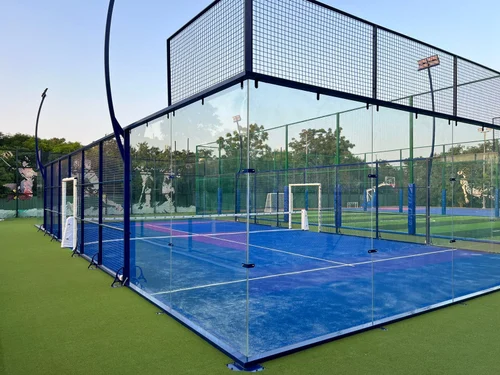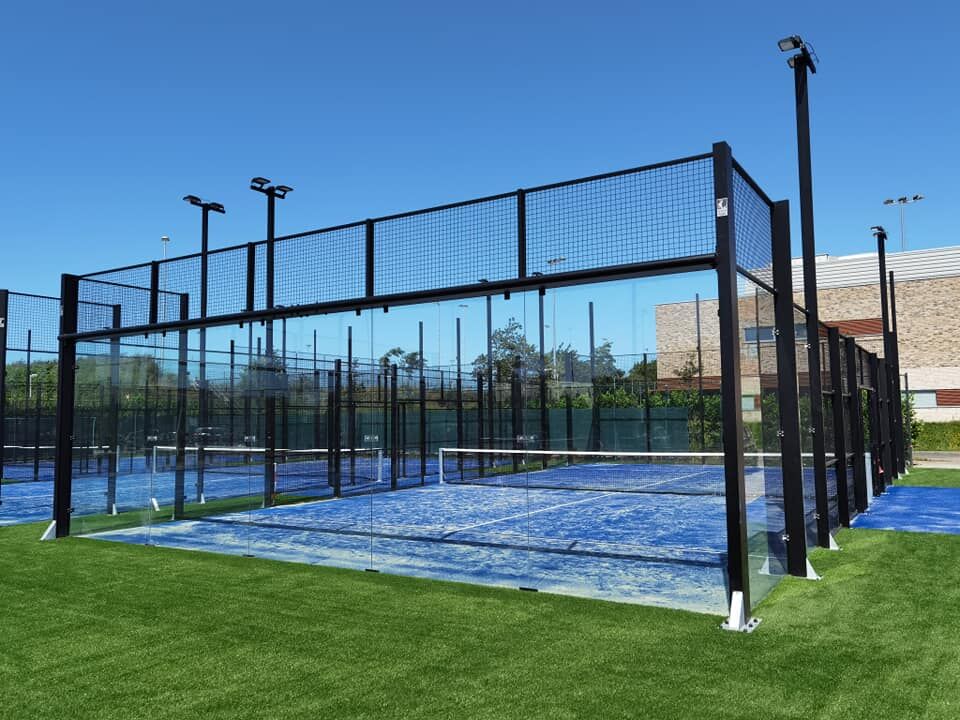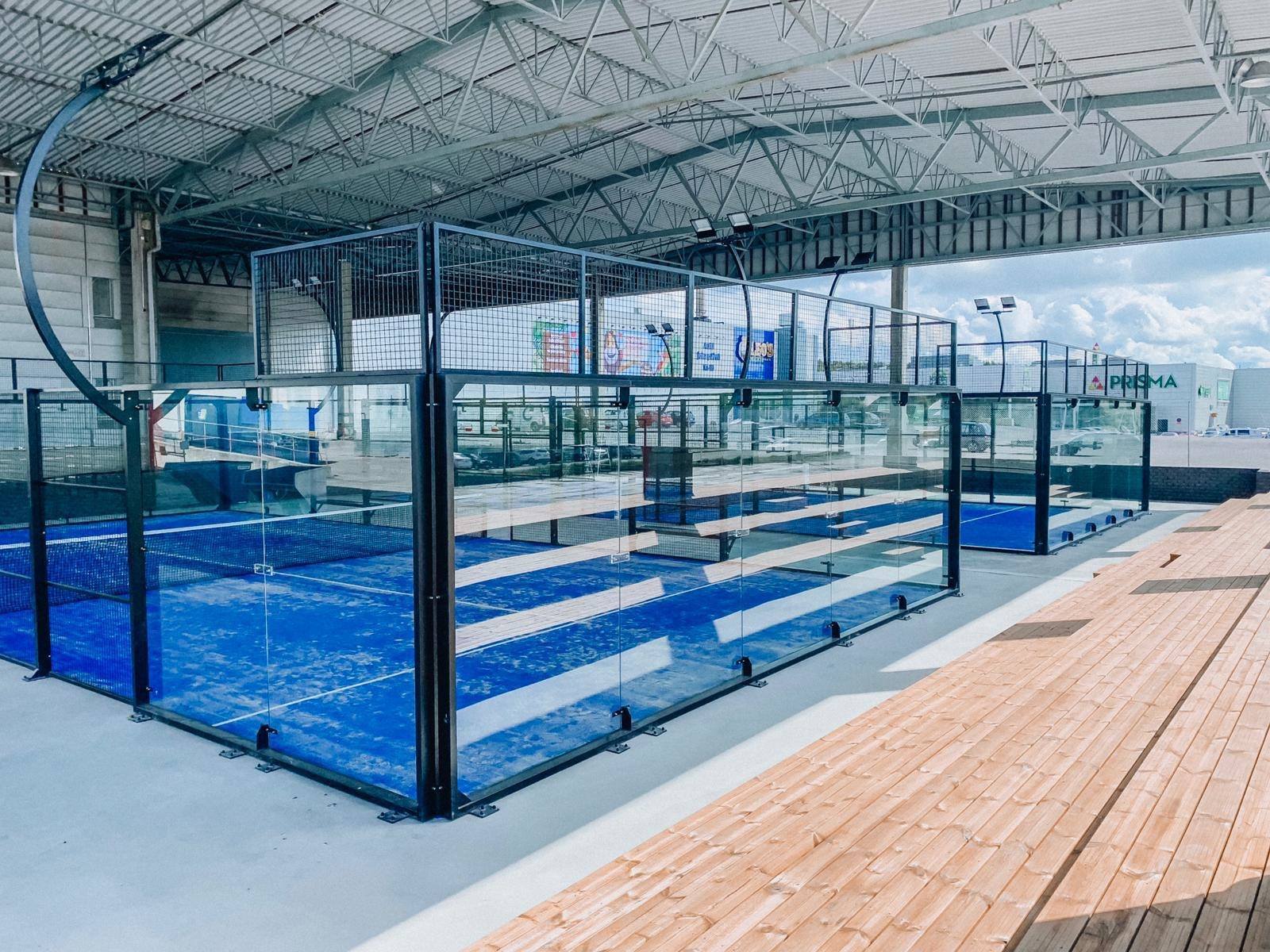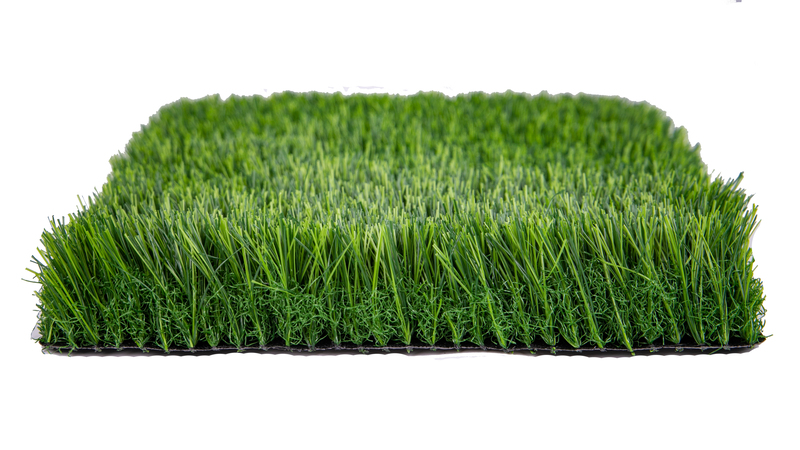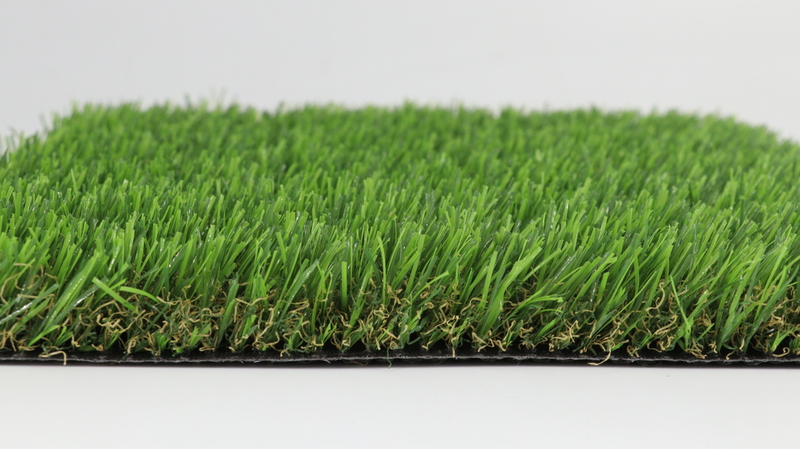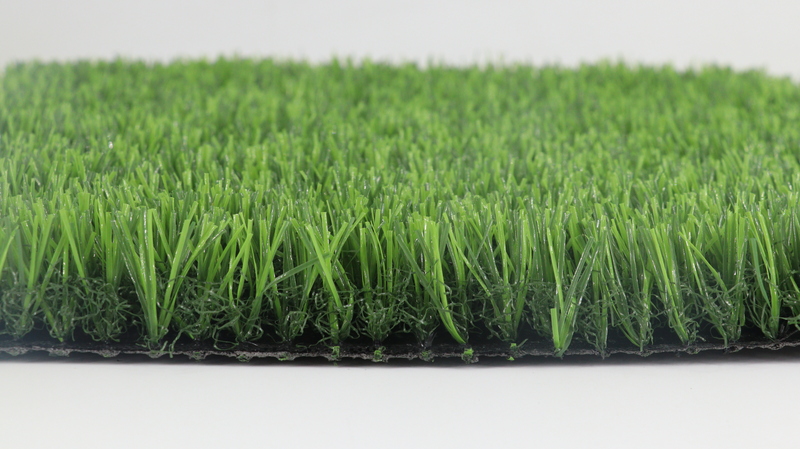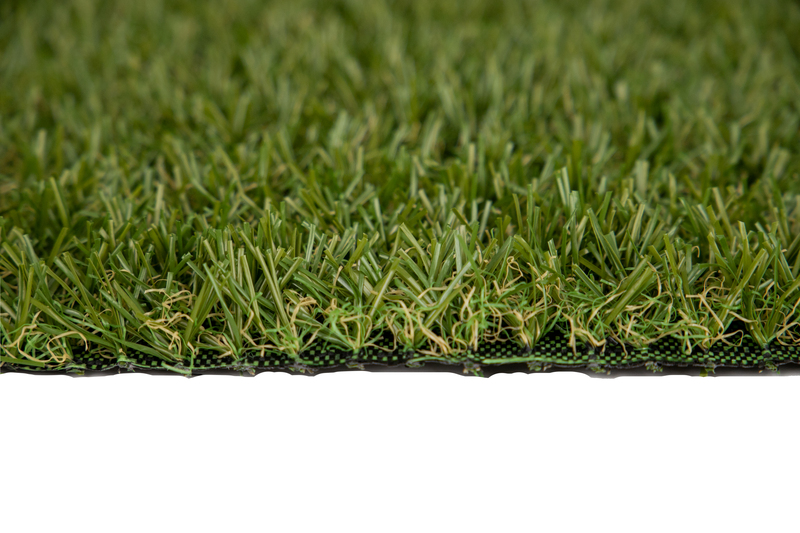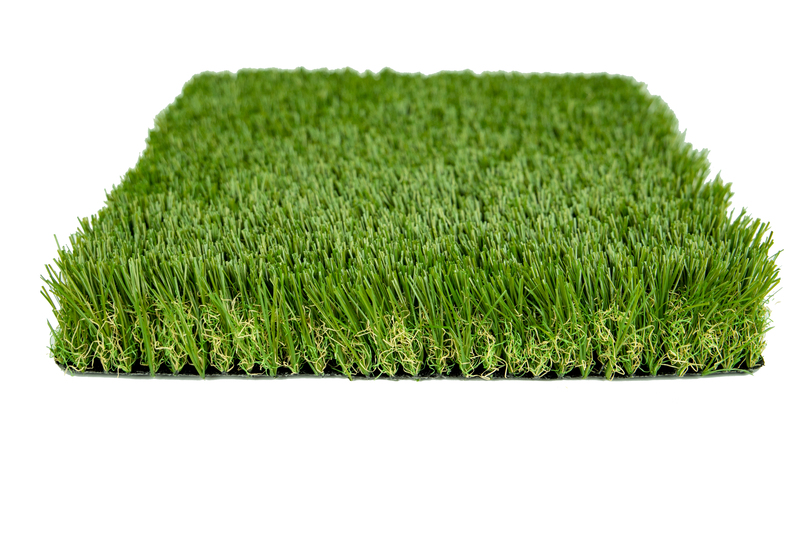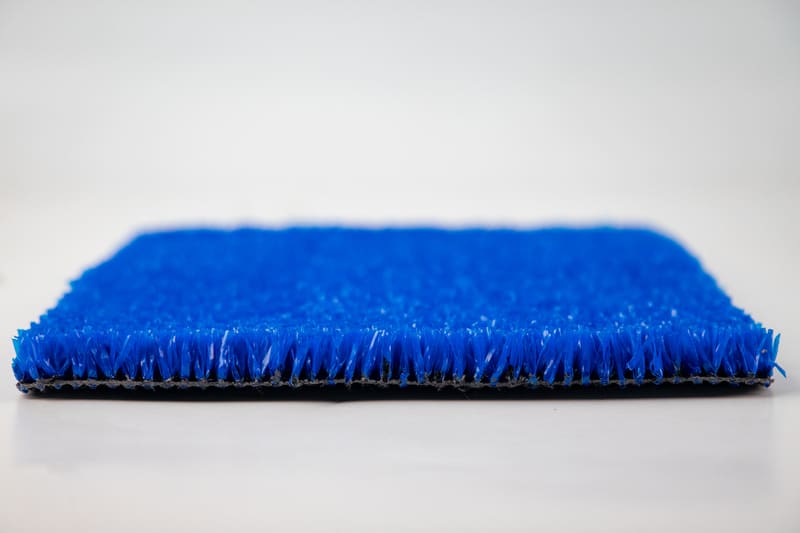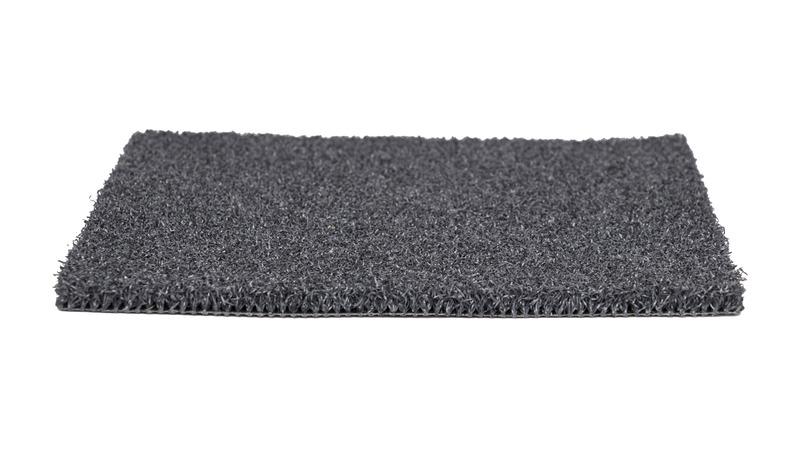Creating a professional football field that meets FIFA standards goes beyond laying synthetic turf. It requires precision, quality materials, and a structured installation process that complies with strict performance metrics. Whether you’re a stadium manager, sports facility developer, or landscape contractor, choosing FIFA-approved artificial grass and working with a reputable artificial turf manufacturer are key first steps.
This is a step-by-step guide that covers the entire installation process of a synthetic football field. Here, we’ll walk you through the complete workflow—from ground preparation to post-installation testing—so you can deliver a world-class pitch using superior synthetic grass for football field applications.
Pre‑Installation Site Assessment
Before any turf is unrolled, it's critical to evaluate the field's slope, compaction, and size. These foundational elements affect drainage, player safety, and overall field performance. Any irregularities must be corrected to ensure a smooth, even surface for installation. Performing these checks early helps prevent costly rework and guarantees that your synthetic grass supplier can proceed smoothly.
Step 1: Marking Out the Pitch
Precision is paramount when laying out field lines—it determines both the playability of the field and its compliance with FIFA regulations.
- - Establish Reference Points: Identify key positions such as the centers of the two penalty arcs and the midfield line.
- - Calculate Intersections: Use the Pythagorean theorem to pinpoint where the halfway line intersects the touchlines.
- - Pre-Marking: Lightly outline boundary lines and circle perimeters using chalk or biodegradable paint.
With these reference points established, installers can accurately position all field lines and touchlines. Precise marking ensures that turf seams and final field layouts align perfectly during installation.
Step 2: Positioning & Turf Roll Placement
With the field outlined, the artificial turf rolls are placed around the perimeter according to a predetermined layout plan. It’s important that all turf rolls are oriented in the same direction, which is indicated by arrows on the packaging. Misaligned fibers can lead to visible color inconsistencies on the pitch—an aesthetic and functional flaw that must be avoided.
This step emphasizes the need for a professional artificial turf manufacturer that provides well-labeled, directionally consistent products tailored for football field installations.
Step 3: Shock Pad Installation
A shock pad layer is essential for absorbing impact and enhancing player safety. This layer is typically laid from the center line outward, joined with specialized seam tape to ensure a secure and uniform surface. The shock pad should be wide and long enough to cover the entire turf roll area, providing consistent cushioning throughout the field.
Step 4: Artificial Turf Roll Layout & Bonding
Once the shock pad is in place, it's time to roll out the synthetic grass for the football field. Start from the center and work outward. Carefully align turf edges and remove any wrinkles or air pockets. Seam tape is laid beneath the adjoining edges, and adhesive is applied evenly across the tape—but only between the adjacent rolls.
After about 15 minutes, when the glue reaches a tacky state, the turf edges are pressed down. It's crucial to ensure no fibers are caught in the seam to maintain the field’s visual and functional integrity. This process also underscores the importance of choosing a reliable synthetic grass supplier who offers installation guidance and high-quality materials that bond effectively.
Step 5: Installing Field Markings
Clear, crisp lines not only look professional but also ensure ball roll and ball rebound tests meet FIFA thresholds. Professional football fields require precise white field markings such as goal boxes, penalty areas, and center circles.
- - Locate the field markings and shear the shape of the markings from the main turf field
- - Trim the special marking turf roll into strips according to the design drawing specifications
- - With a desired spread rate, installers use seam tape and adhesive to fix the markings into place, ensuring a flush and secure integration with the turf backing.
The key is accuracy—both in cutting and bonding—so the markings don’t shift or peel during gameplay or weather fluctuations.
Infilled Artificial Turf System Supplier
Step 6: Silica Sand Infill Application
Correct infill depth is essential—it directly impacts the ball’s performance and player traction. Silica sand provides stability to the turf system by weighing down the blades and supporting their upright posture. The sand is mechanically spread in uniform layers, typically as the bottom infill layer, and is carefully distributed between the synthetic grass fibers.
Step 7: Rubber Infill Application
The next layer involves rubber granules, which provide cushioning and energy restitution. This layer is applied over the silica sand using a mechanically operated spreader. After each layer, the turf is brushed and groomed to avoid trapping any fibers, ensure infill is evenly distributed.
Brushing continues until the desired infill level and blade recovery are achieved to remain upright. This process creates a game-ready pitch with excellent durability and playing characteristics.
Final Touches and Cleanup
Once all infill is applied and groomed, the field is cleaned and prepped for handover. This includes removing construction debris, performing a final brushing, and conducting a visual inspection. A well-installed field will appear smooth, uniform, and ready for use.
FIFA Certification & Testing: Meeting International Standards
To earn the FIFA Quality mark, the newly installed field must undergo a rigorous set of tests to ensure it meets international performance benchmarks:
- - Infill Material Thickness: Confirms the correct volume of sand and rubber has been applied.
- - Shock Absorption: Measures how well the surface cushions impact to reduce injuries.
- - Rotational Resistance: Ensures players can pivot and turn safely without risk of slipping.
- - Vertical Ball Rebound: Tests how naturally the ball bounces on the surface.
- - Ball Roll: Measures the distance and speed the ball travels over the turf.
- - Flatness Test: Assesses surface evenness across the entire pitch.
Partnering with a trusted artificial turf manufacturer that understands FIFA testing requirements can significantly streamline certification. The FIFA-approved synthetic grass supplier should provide not only turf materials but also technical documentation and support for testing compliance.
FIFA Quality Football Turf Manufacturer
Why Work with a Professional Artificial Grass Manufacturer?
Choosing a FIFA-approved artificial grass product is only one part of the equation. Partnering with a reliable manufacturer who specializes in football turf ensures:
- - Consistent roll direction for color uniformity
- - Precision-engineered shock pads and infill systems
- - Detailed installation guides and after-sales support
- - High-performance synthetic grass that meets FIFA Quality or FIFA Quality Pro standards
Why Choose CGT?
At Citygreen Turf (CGT), we specialize in providing high-quality artificial grass solutions tailored for football fields and large-scale sports projects. As a professional synthetic grass supplier and manufacturer in China, we offer FIFA-compliant turf systems, expert installation support, and customized solutions for commercial buyers worldwide.
Our proven turf solutions are engineered for durability, performance, and international certification, making us the ideal partner for your next professional football field project.
Ready to transform your sports facility? Learn more about our FIFA-approved artificial grass from CGT or contact us today for tailored synthetic turf solutions that meet the highest global standards!

